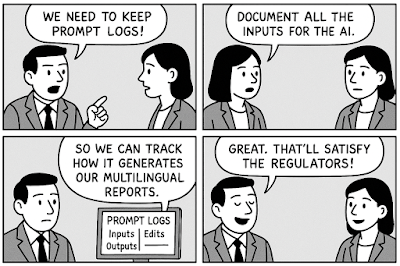Automated EOB Translators for Multilingual Patients: Closing the Comprehension Gap

Automated EOB Translators for Multilingual Patients: Closing the Comprehension Gap 📌 Table of Contents Why Automated EOB Translation Matters The Language Barrier in Healthcare Billing How Automated EOB Translators Work Real Use Cases in Multilingual Clinics Risks, Benefits, and HIPAA Considerations FAQs: EOB Translators in Plain English Final Thoughts: Translation Is Access Why Automated EOB Translation Matters My aunt received a denial notice last year after a minor surgery. The letter was full of codes and medical lingo. She's originally from Vietnam, speaks little English, and ended up overpaying because she thought it was a final bill. That moment really highlighted how the system fails people who just want clarity. And she’s far from alone. Automated Explanation of Benefit (EOB) translators are bridging a gap that’s long been ignored in healthcare: billing transparency across languages. These tools convert complex billing jargon into di...










